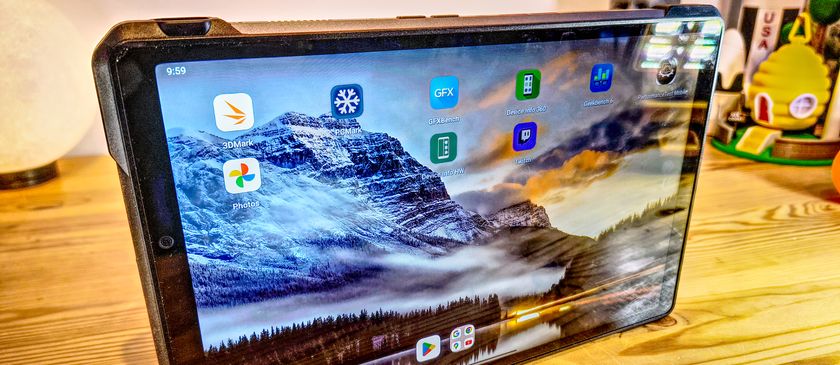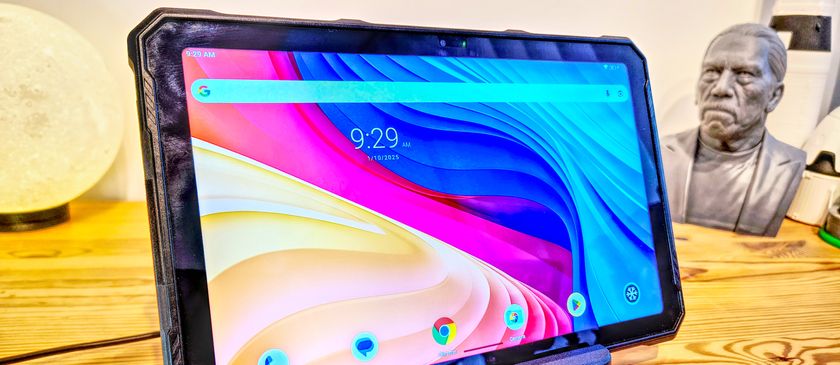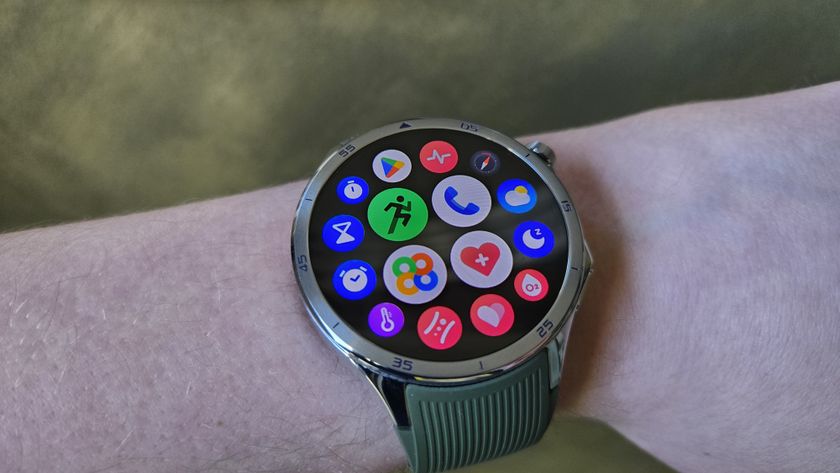Cutting the queue with business mobility technology
Tackling the great British queue with mobile-first technology

In today’s age of instant gratification, consumers are used to getting what they want, when they want. Every interaction we have with a brand is expected to be quick, seamless and personalised for our convenience. Despite this, the average Briton can spend up to 235 days waiting in a service queue or line over the course of a lifetime. Whilst clichés would suggest the British are content with queueing, this could not be further from the truth and in reality, today’s queueing culture is actually having a detrimental effect on a business’ bottom line.
Customers that are made to wait for a long period of time are less likely to repeat their business with a company, which could have dire financial implications. In fact, the average person in the UK is now unwilling to wait more than six minutes for a service and two-thirds of shoppers (69 per cent) have decided not to buy an item because of the size of the queue in-store.
The race is on to offer a unique experience tailored to the individual consumer that encourages them to buy more products and services, whilst strengthening customer loyalty and creating a greater sense of brand solidarity. At the centre of this lies the checkout and how a customer service operation manages this most important of interactions in the customer journey.
- Google has a plan to help you spend less time queueing
- Barclays combines bPay and Pingit contactless services
- The evolution of digital innovation and customer experience
Business mobility will be key
Most queues or long wait times are a result of manual processes and outdated legacy systems that often use traditional payment systems, contributing to a slower service. But because of the Amazon effect, consumers now expect an enhanced experience around the clock. Businesses must act fast to take advantage of technology such as digital signage, tablet scanners, mobile point-of-sale (mPOS) and self-checkout terminals to remain competitive.
The goal should be to make the bricks of the business intelligent by adapting them to new customer behaviours and the key to success does not lie in expanding the business but to utlise the technology available. By investing in staff, businesses can create a mobile workforce that will not only improve the experience for consumers but could also convert potential ‘window shoppers’ into loyal customers.
This next generation of salespeople combines characteristics of the personable manner of the good old sales advisor with in-depth knowledge of how to fulfill the needs of today’s tech savvy consumers. For example, a tablet empowers a shop assistant with all the information they need to do their job, providing access to the shopping history of registered customers, as well as enabling the assistant to immediately check stock levels and availabilities.
As new technologies rapidly enter the market, there is a correlating increase in the number of channels through which businesses interact with customers, adding to the complexity and cost of those interactions. It is therefore more important than ever to recognise how a mobility strategy can help to anticipate customer needs, tailor business processes to better serve customers, and improve the efficiency of a business.
Are you a pro? Subscribe to our newsletter
Sign up to the TechRadar Pro newsletter to get all the top news, opinion, features and guidance your business needs to succeed!
Creating an omnichannel customer experience
By implementing a dedicated mobility strategy across both online and offline operations, unnecessary queueing will become a thing of the past in retail. By streamlining the value chain and creating an omnichannel customer experience, workers will be empowered to multi-task more effectively, and ultimately provide a higher level of customer service.
Alongside this, vast amounts of data are created by consumers as they shop through these multiple channels. Technologies that can interpret this information and provide real-time, data-driven insights are invaluable to businesses that want to improve their interactions with customers. This data also has a key role to play in automating time-consuming processes and providing a more personalised shopping experience that consumers are demanding.
For customers, easy-to-use self-service tools such as contactless payment and automated ordering services not only have a tremendously positive impact on customer satisfaction, but ultimately a business’ bottom line. In fact, according to our own research, 67 per cent of shoppers are more likely to shop at a store that integrates technology and over two-thirds believe retailers that utilise more technology enable a faster shopping experience.
These business mobility technologies have the power to combine people, processes and technology to not just manage mobile devices, but also derive true business value from the digital age. For businesses that put customer service at the heart of their operation, understanding consumer behaviour will be critical and delivering solutions that reduce friction throughout the customer journey. Whilst a business mobility strategy can be complex to implement, effective execution can have a direct impact on both customer satisfaction and retention, putting brands miles ahead of the competition.
Leigh Moody, Managing Director at SOTI UK
- We've also highlighted the best mobile card payment readers
Leigh Moody is UK Managing Director at SOTI. SOTI is a proven leader at creating innovative solutions that reduce the cost and complexity of business-critical mobility and the IoT. Thousands of companies around the world depend on us to secure, manage and support their mobile operations. SOTI’s two decades of success has built strong partnerships with leading mobile platform providers and device manufacturers.
He is a professional commercial high achiever with leadership responsibility across a variety of environments. He is experienced in national & international business development.
Most Popular







